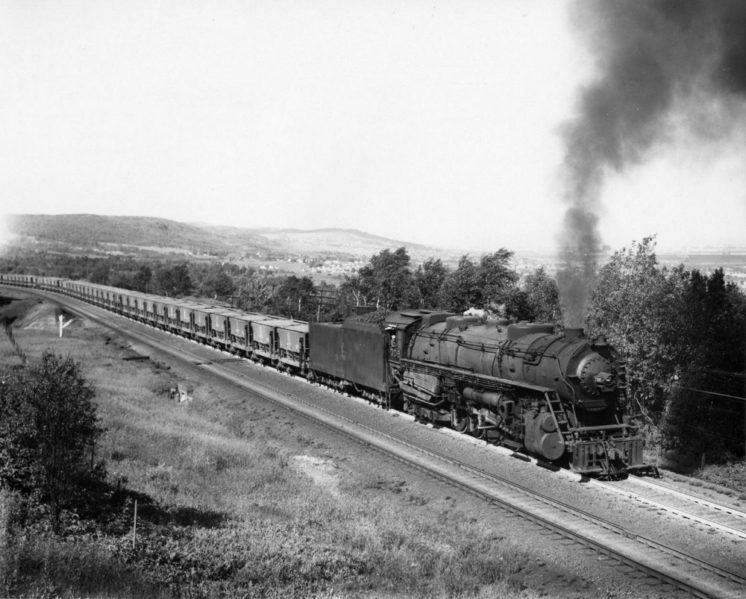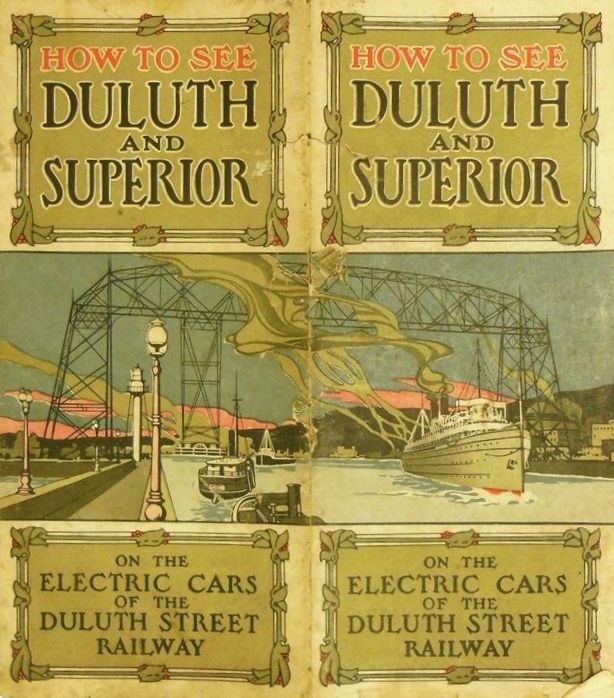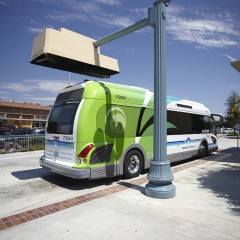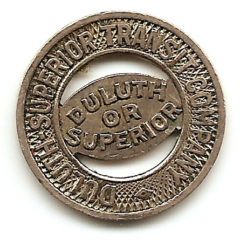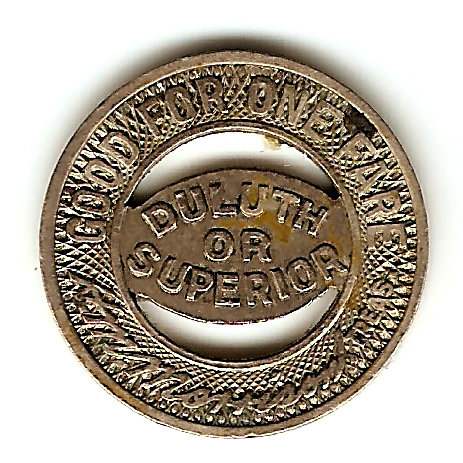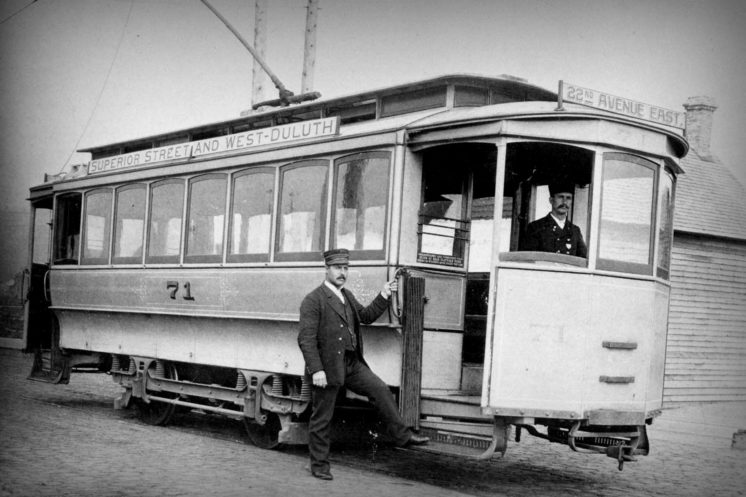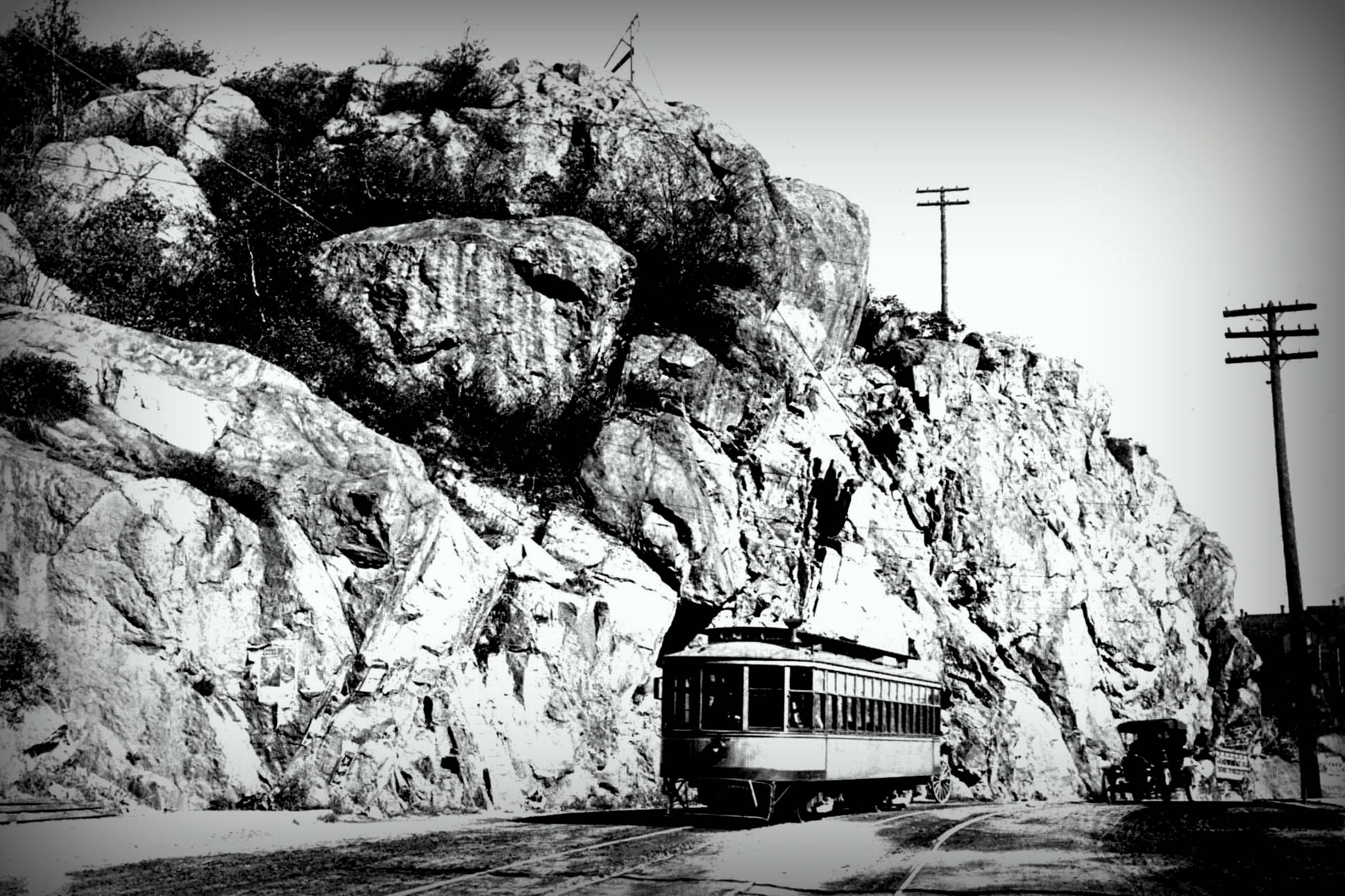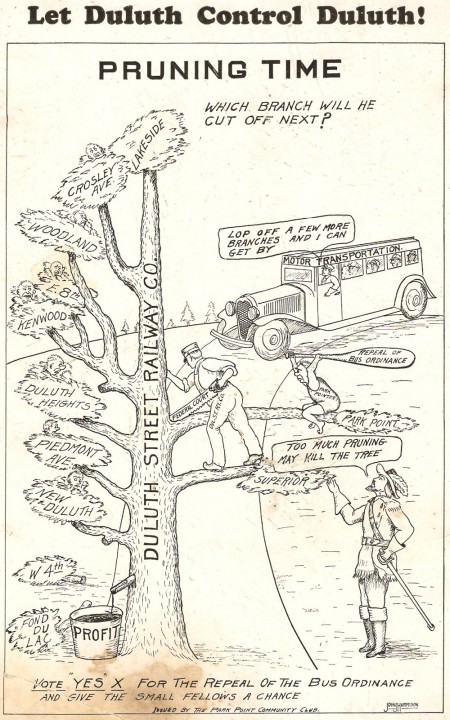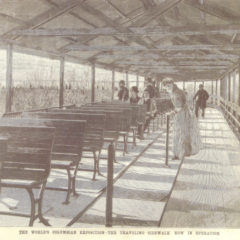 John Edward Roemer wanted to build a system of moving sidewalks up Duluth’s steepest hills. The power to run the system would come from storage batteries buried in chambers beneath Superior Street. Tunnels would be dug beneath cross streets so the sidewalks could pass under the streets. At the top of the hill where the moving sidewalk system terminated, Roemer proposed building a pavilion and an aerial rail line extending to Fond du Lac, with stops in the West End, West Duluth, New Duluth and Ironton.
John Edward Roemer wanted to build a system of moving sidewalks up Duluth’s steepest hills. The power to run the system would come from storage batteries buried in chambers beneath Superior Street. Tunnels would be dug beneath cross streets so the sidewalks could pass under the streets. At the top of the hill where the moving sidewalk system terminated, Roemer proposed building a pavilion and an aerial rail line extending to Fond du Lac, with stops in the West End, West Duluth, New Duluth and Ironton.
Read more at the public library’s Reference@Duluth blog.


